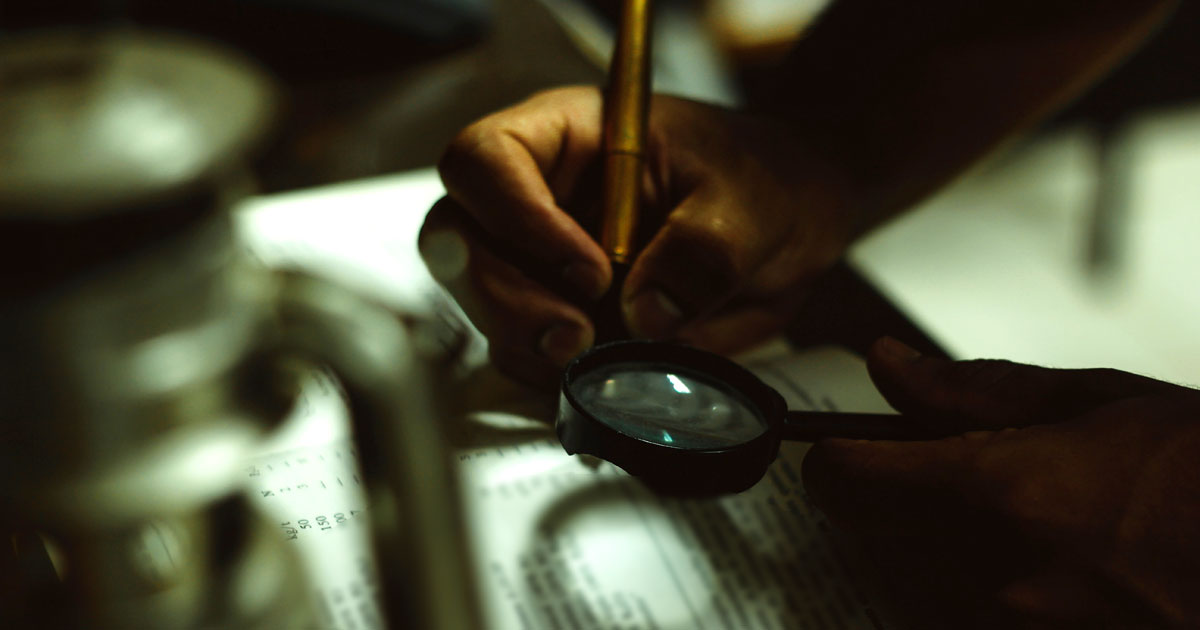
In all the years I’ve spent working with people suffering dizziness and balance disorders, I’ve lost count of how many times the real cause of the issue has turned out to be very different from what my clients first thought it was.
Although this can come as a shock to them, it shouldn’t really because there are many, many factors that lead to dizziness (light-headedness) or vertigo (the illusion that the world spinning around you) and it takes discipline and patience to uncover the right ones. I’ll share some of those causes below.
However, what prompted me to write this article – originally entitled, History Taking in the Field of Neuro-Otology: The Perspective of a Vestibular Physiotherapist – was a comment someone made about how long I spend on the process of history taking when I start my diagnosis of a client. They were expecting most of the time to be used carrying out a physical examination. There is method (and science) in this approach.
Most importantly, my decades in practice has shown that the multi-disciplinary team approach to which my Centre is committed, is the one that will achieve the best clinical outcomes for each patient; this approach requires a very detailed process of discovery so that the most efficacious therapeutic pathway can be followed.
To this end, my patients are asked to complete a Dizziness Questionnaire (59 items) prior to the initial one-hour consultation with me.
The process of history taking at the Dizziness & Balance Disorders Centre
The questionnaire allows you to begin to describe and categorise your symptoms in an organised manner so that our interview process can be thorough.
It includes various and related items important in your history, which might not seem obvious to you at first.
For example, the questionnaire covers:
- The chief complaint
- The history of present illness and medication
- The past medical history including medications, medical and surgical illnesses, allergies, pertinent family and social history
- A brief review of the systems e.g. hearing, balance, dizziness, vertigo, cardiac and vision
During the initial consultation, we shall then hold an extensive interview covering your past and current medical history including medications, previous and current treatment(s) and management of your past and current medical conditions.
As you can see, this is quite an in-depth process before there is any physical examination, and I would argue there is no other discipline in medicine where an accurate patient history is more crucial than in Neuro-Otology because diagnostic tests can be inconclusive. A careful history is often the most reliable way to gain a true understanding of your symptoms.
Shining a light on the many causes of symptoms
As mentioned above, there are many causes of dizziness or light-headedness, such as:
- anxiety
- depression
- hyperventilation
- low blood pressure
- Vitamin B12 deficiency
- iron deficiency
- cardiac disorders
- visual disorders
- upper cervical (neck) dysfunction
- temporomandibular dysfunction
- bruxism (clenching and/or grinding teeth)
Similarly, there are many causes of vertigo otherwise described as the illusion of movement or the world spinning, such as:
- Meniere’s disease
- Vestibular neuritis
- Vestibular migraine
- Benign Paroxysmal Positional Vertigo
It is also important to remember that dizziness and vertigo are symptoms, not diseases.
This is why taking an accurate patient history is obligatory because it determines the specific tests which need to be done to confirm the underlying cause(s) of your symptoms.
The diagnosis then determines the appropriate treatment and management of the medical disorder; hence you may need to see an Ear, Nose and Throat specialist, Neurologist, Cardiologist, Clinical psychologist, and so on.
Thus, one hat, does not fit all dizzy and vertiginous patients.
As a clinician working in the field of Vestibular physiotherapy, it is imperative for me to understand what you perceive as dizziness, vertigo, and unsteadiness, so that you and I are on the same page, because I know these terms are often used interchangeably within the professional and wider community and those degrees of misunderstanding can easily risk a misdiagnosis which helps nobody.
